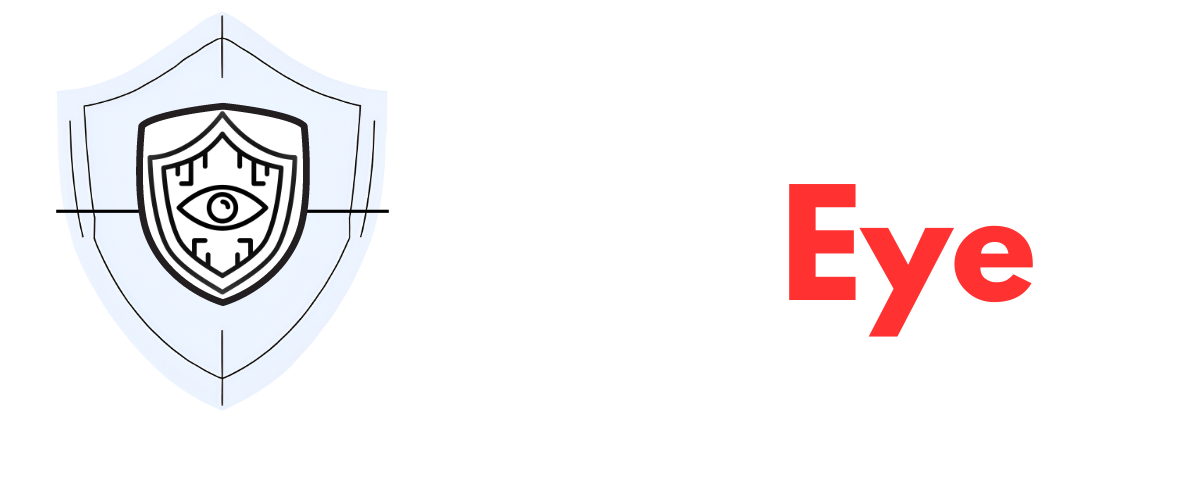Google Alert – BD Army
The Nation’s Awakening: When the Streets Roared: The July Uprising didn’t erupt in a vacuum. For years, a volatile mixture of corruption, political repression, and stark economic inequality simmered beneath the surface. The spark came when the long-entrenched government attempted to rig yet another election. What began as student defiance in Dhaka rapidly metastasized into a nationwide conflagration. Labour unions walked off the job, civil servants joined the dissent, and crucially, sections of the military refused orders.
Dhaka’s avenues transformed into battlegrounds. Protesters faced live ammunition, mass arrests, and chilling disappearances. Yet, the regime’s brutality proved counterproductive, hardening resolve and swelling the crowds. By the third week of July, the dam broke: major army units defected, refusing to fire on civilians. The government, stripped of its coercive power, collapsed. The world watched as Bangladesh erupted in celebration, hailing a hard-won chance to forge a nation free from dictatorship.
The Year After: Between Progress and Paralysis: An interim government swiftly took the reins, pledging free elections, institutional reform, and justice for past crimes. Initial steps offered glimmers of hope. Within six months, elections deemed “the most transparent in decades” by international observers were held. Opposition parties, once silenced or banned, now hold seats in Parliament. Media censorship eased, empowering journalists to expose long-hidden corruption and rights abuses. A newly formed anti-corruption commission clawed back millions in stolen public funds, though critics note its selective targeting.
Yet, beyond these tangible wins, the path forward is littered with broken promises and stark setbacks.
The Crushing Weight of Economic Reality: Economically, the post-uprising year paints a grim picture. The Bangladesh Bureau of Statistics confirms GDP growth plummeted from 7.2% pre-uprising to 5.8% in its aftermath, as political turmoil shattered investor confidence. Mirroring this, the World Bank reported a nearly 12% drop in foreign direct investment, citing fears of instability and unclear policy. For ordinary Bangladeshis, the sting is visceral: inflation soared to 9.7% by May 2025, hiking the cost of essentials like rice and lentils by almost 15%.
Promises to tackle unemployment ring hollow. The Centre for Policy Dialogue reported stagnant formal job creation in March, with youth unemployment stubbornly stuck near 12%. The backbone of the export economy, garment workers, still scrape by on a minimum wage of Tk 8,300 monthly – far below the Tk 14,000 living wage estimated by labour groups (Clean Clothes Campaign). Economists further decry privatisation policies, like the partial sell-off in energy distribution, which triggered an 18% average urban electricity tariff hike, sparking fresh protests against policies seen as enriching politically connected conglomerates at the people’s expense.
Justice Delayed, Justice Denied: Perhaps the most profound wound is the festering lack of accountability. The promised Truth and Reconciliation Commission remains a phantom. Key architects of the old regime’s violence walk free, shielded by powerful connections or glacial court proceedings. “Trials are happening, but they are slow, and the big fish are escaping,” laments Barrister Tania Amir, a prominent human rights lawyer at the Supreme Court. “If we don’t punish those behind the oppression, then what was the revolution for?”
The chasm of inequality yawns wider. While the elite adeptly navigated the new political landscape, millions struggle. “The rich changed their flags, but not their habits,” states Mohammad Hasan, a factory worker who risked everything on the streets last July. “We risk replacing one type of suffering with another.”
Student leaders, the fiery vanguard of the uprising, voice deep frustration. Ayesha Rahman, president of the National Student Union, warns of inevitable protests unless the government honours the core economic pledges of the July Declaration, including job quotas for participants and debt cancellation for farmers.
Ghosts of the Past: The Old Guard’s Enduring Shadow: Beneath the surface of change, the old power structures exhibit alarming resilience. Figures linked to the ousted regime have quietly returned, some posing as reformers, others pulling strings from the shadows. “Power never really left the same groups,” observes political analyst Professor Anwar Hussain. “The faces changed, but many of the networks still exist.”
This fuels bitter disillusionment among the youth and activists who spearheaded the revolution. “We did not risk our lives just to see the same people come back,” declares student activist Nusrat Jahan, her words echoing a widespread sentiment. The fear is palpable: without tangible, systemic change, the streets could ignite once more.
Democracy’s Fragile Seed: Or a New Dictatorship in Disguise?
Bangladesh’s democratic transition faces its sternest test. While some steps inspire confidence, others raise alarm. Recent months have seen increased arrests of critics under broad anti-terror and cybercrime laws. The military, while professing political neutrality, retains significant economic clout. Independent NGOs report mounting bureaucratic obstacles, stoking fears of creeping repression.
Economically, the International Monetary Fund warns of a widening budget deficit (5.4% of GDP) driven by post-uprising costs and subsidies, risking currency devaluation and spiraling inflation. Historian Dr. Kamal Ahmed cautions, “Elections are only a part of democracy. The real question is whether power belongs to the people or just goes around between elites.”
A Revolution in Question: One year on, Bangladesh holds its breath. The July Uprising proved the people’s power can topple tyrants. The infinitely harder task – building a just, inclusive, and truly democratic society – remains agonizingly incomplete. The bold promises of liberation chanted last July now mingle with whispers of betrayal in the bustling markets and crowded university quads.
The Revolution’s embers still glow. It is not lost, yet it is far from won. The defining question now is whether those who hold the reins of power possess the courage – and the will – to finally answer the people’s cry for change, or whether the streets of Dhaka will once again become the stage for an ‘Unfinished Revolution’ demanding its due. The days ahead holds the answer.
The writer is a student of Mass Communications at UCSI University, Bangladesh Campus


